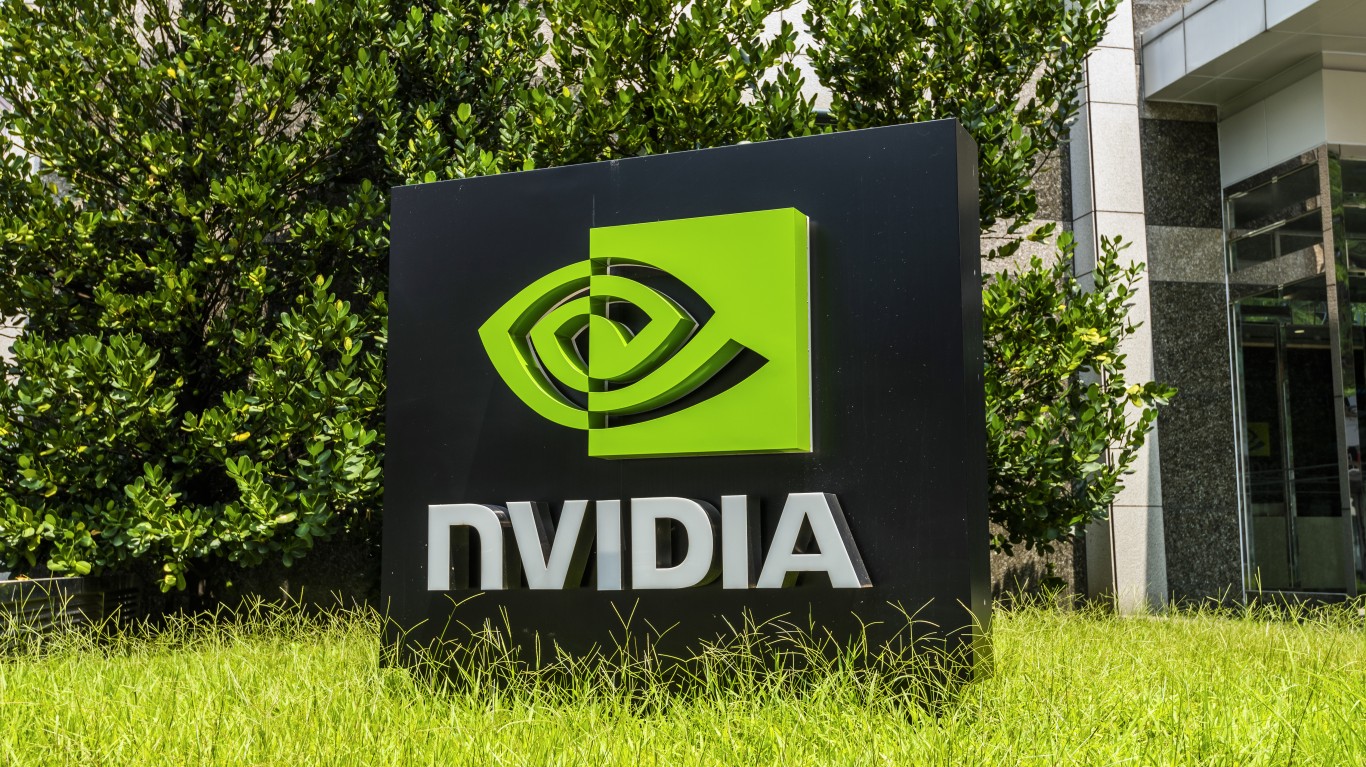
"Okay, I have to preface the title a bit - when I first started putting this piece together, Nvidia ( NASDAQ:NVDA) was indeed trading at a market capitalization north of $5 trillion. A multi-day decline has led the world's leading high performance chip maker to a valuation right around $4.6 trillion at the time of writing, so there's been some strong downward pressure on Nvidia of late. Indeed, in this environment where valuations are certainly at levels which may make many investors uncomfortable, investors may be looking for a reason to sell some of their winners."
"For Nvidia, the supplier of the most powerful semiconductors powering this revolution, spending has remained very strong (and has accelerated until now). The question some investors are putting forward is whether this spending growth is sustainable. Let's dive into that piece, and take the bullish side of the argument as to why Nvidia still looks like a solid long-term bet, even at this valuation."
"Nvidia Stock Has become Cheaper Over Time One of the most compelling arguments I continue to see from Nvidia bulls as to why this stock is one that should be bought and held long-term (and never sold) is the idea that Nvidia's profitability growth should outpace its revenue and capital appreciation growth over time. At least in recent years we've seen this play out, with Nvidia's forward price-earnings multiple continuing to shrink from the three-digit realm toward a current forward P/E ratio of "just" 30-times."
Market capitalization fell from north of $5 trillion to about $4.6 trillion after a multi-day decline, putting downward pressure on Nvidia. Elevated valuations have prompted some investors to consider taking profits. Analysts view the AI super cycle as likely still early-stage, which supports continued demand for Nvidia's semiconductors. Spending on Nvidia's products has been strong and accelerating, though some investors question the sustainability of that growth. Bulls argue profitability growth should outpace revenue and capital appreciation, and the forward P/E multiple has contracted from three digits to roughly 30-times, above the market multiple near 25-times.
Read at 24/7 Wall St.
Unable to calculate read time
Collection
[
|
...
]